Will Liverpool be awarded the title? What about relegation? Is Euro 2020 (2021) going to be moved to a single location? The football questions and comments are Twitter timelining past our eyes quicker than the rolls change on a fruit machine. In a sporting context much of the focus has been aimed on the big money Premier League and Champions League. With reduced economic activity taking place across the world sports professionals are forced to upload social media posts of paint-dry wit and humour to pass the time. While the highly paid mega starts may be financially immune the more modest sporting outfits are faced with some difficult choices.
Much of the headline talk of the Premier League, the Euros and the Champions League centres on who will win and the loss of revenue across the main associations. ‘Will Liverpool win the league?’ is surely the most asked question in sporting terms.
Outside of the footballing bubble sporting events have had cancellations pinging in like some sort of postponement vidiprinter. As most governing bodies’ event rosters were phoning in sick the Paris – Nice cycling road race was in full swing. What started as a distraction from world events it was quickly overtaken by them. With riders dropping out quicker than the sporting events were chalked off the global sports calendar the racing was cut short a day before the final stage in Nice.
The race isn’t normally the go to tour for this time of year however the cancellations of the Italian classics attracted the big names of Sagan, Quintana, Nibali and unsurprisingly 5 Pro Continental teams (Pro Continental is like the 2nd tier of cycling, similar to the Championship, the gulf in cash is enormous).
This highlights the economics of the cycling peloton. Teams had to race in order to keep the doors of their business open even though from stage 3 onwards the race took place largely behind closed doors, or at least those parts of it to which doors could be easily attached. The final stage was cancelled with the remainder of the calendar put, as you’d expect, in to doubt.
Road racing doesn’t have turnstiles or matchday programmes or scarf sellers outside the arena. The business model is largely one of two things - sponsorship driven with team naming rights and jersey/team car sponsoring to make up the lion’s share of income, the larger teams like INEOS (previously Team Sky) have a budget of about €35-40 million thanks to their wealthy backers; or nation state backing like Astana or UAE McLaren. Lower down the order teams are not so fortunate. Movistar, Trek-Segafredo and Sunweb get by on budgets of around half that of the hyper teams. No TV time or prize money stretches the spend as the cash burn is still quite big even in a lockdown scenario.
In the 1990s the cost of title sponsorship was about €2 million. Now it’s many times more than that across the UCI World Tour peloton. The smaller teams in the Continental Tour will have slightly more than €2 million in 2020. A prolonged period of no competition would be a major threat to much of the feeder series into the main tour. Teams could fold like pieces of paper. To highlight this the NetApp team were founded in 2010, they then became NetApp-Endura in 2013, then Bora Argon in 2015 and now go by the name of Bora-Hansgrohe.
While the sporting world remains a hostage to fortune, we can just cross our fingers that the authorities can provide the right sort of financial medicine across the sporting world. If they don’t many teams will have to get on their bike.
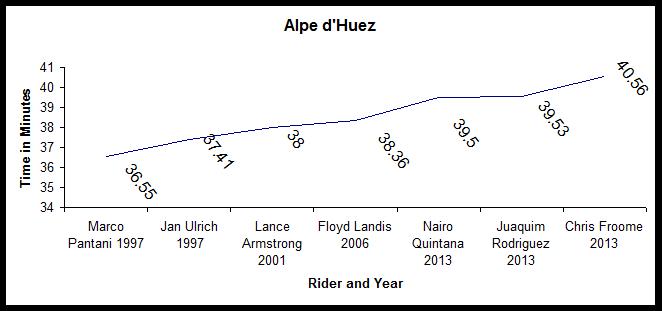
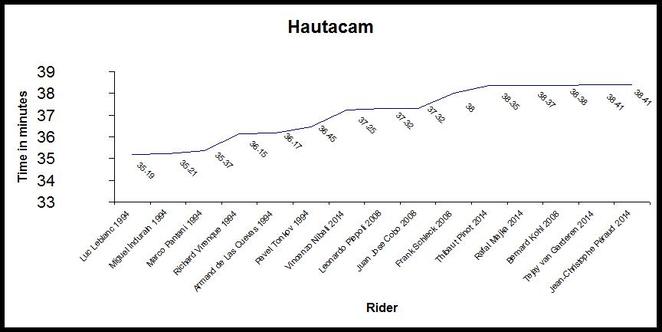
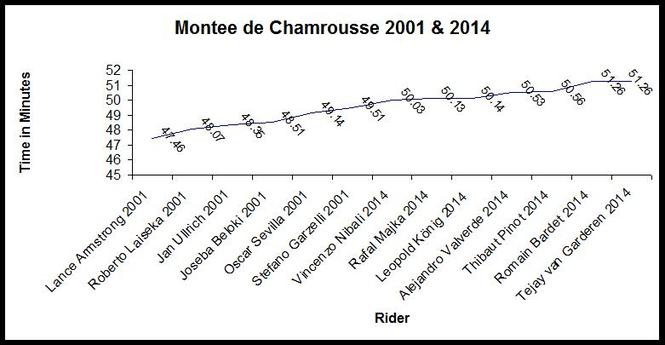
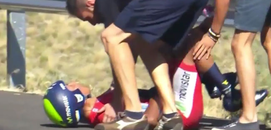
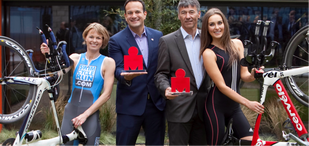
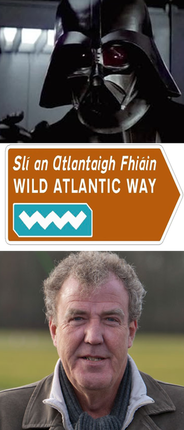

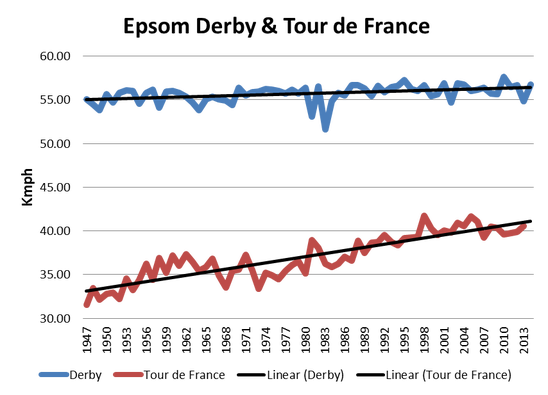
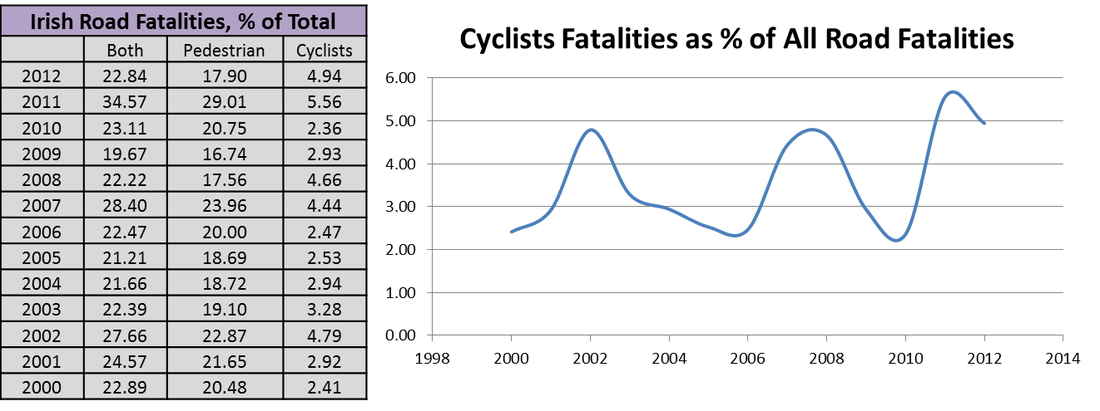
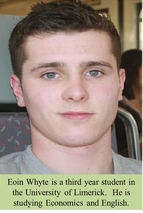
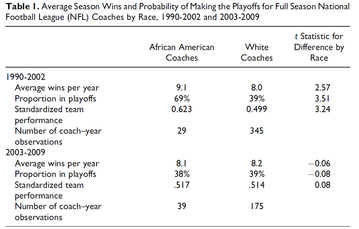
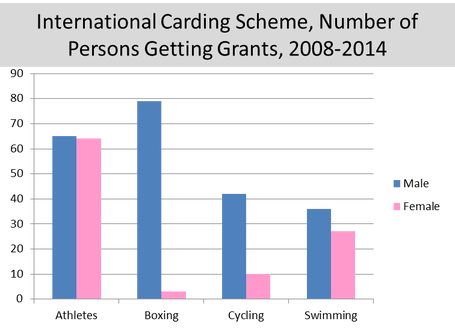
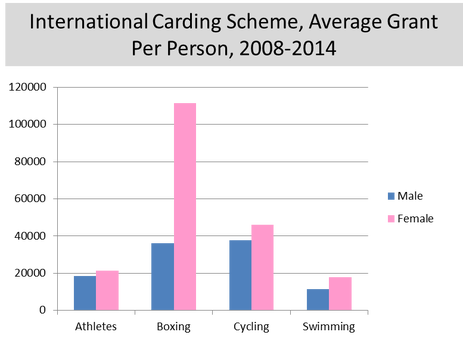
 RSS Feed
RSS Feed